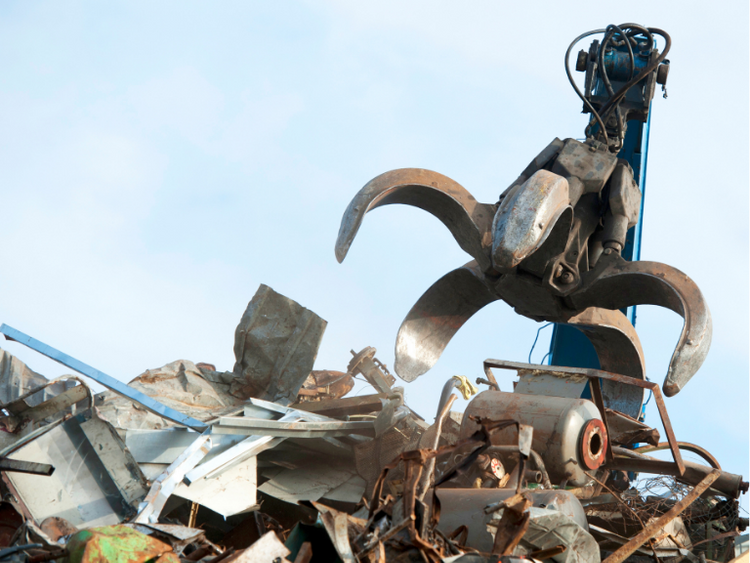Market

July 16, 2024
Key insights for navigating future volatility
Written by Gabriella Vagnini
Several trends across the metals industry are in play that could spell volatility for the sector. Key observations include continued declines in steel longs prices, with China being an exception due to production cuts. The U.S. and EU markets face weak demand and slow seasonal periods, influencing price stability. Meanwhile, aluminum markets show mixed signals, with primary aluminum production in China reaching record highs.
Understanding these global trends and the dynamics of primary aluminum production is crucial for the scrap industry, as they significantly impact market prices, demand patterns, and overall industry health. Here is a look at some movements in the sector.
Global trends
China: Despite general demand weakness, China’s steel longs prices are expected to see growth in August. Lossmaking mills are cutting output, which will help margins recover slightly.
Southeast Asia: Prices are expected to remain stable due to unchanged scrap prices and seasonal slow periods.
U.S.: Steel longs prices are projected to decrease due to continued declines in scrap prices and slow demand. Supply remains sufficient to meet current needs.
EU: The near-term forecast is stable, with weak demand and seasonal slow periods balancing out maintenance outages in August.
UAE: Rebar prices are expected to see a small downgrade due to weak demand and declining input costs.
Turkish scrap prices: Turkish scrap import prices show stability with slight softening for HMS 80:20 while shredded material prices remain unchanged.
LME and SHFE trends
The LME 3-month aluminum price is broadly unchanged. The SHFE aluminum prices also remain stable, reflecting minimal fluctuations in cash prices. The LME off-warrant stock declined sharply in May, largely due to the warranting of significant tonnages, prompting a load-out queue and gradual removal of metal from the exchange. Notably, there was a shift in metal origin with Indian aluminum increasing its market share significantly in May, then declining in June, allowing Russian aluminum to regain a larger share.
U.S. aluminum orders
New orders for aluminum mill products in the U.S. contracted by 4.8% in June compared to the previous year, marking a return to negative growth after modest increases in previous months. Most product categories saw declines, with only can stock showing growth.
Jamalco refinery
The Jamalco refinery in Jamaica returned to full production after Hurricane Beryl with no significant damage reported. Alternative port arrangements ensure continued alumina shipments despite some conveyor damage.
China’s production surge
China set a new record for primary aluminum production in June. The remaining capacity in Yunnan has been reactivated, and new projects are underway, which could indicate robust future output.
Great Lakes and Ohio Valley regions
Scrap metal prices have stabilized, with some mills starting to restock, providing support for prices. The ferrous scrap market shows signs of bottoming out after recent bearish trends.
Economic indicators
Lower CPI and stable PPI suggest easing inflationary pressures, potentially influencing Federal Reserve interest rate decisions. Lower borrowing costs could benefit industrial sectors, including scrap metal processing.
Scrap market dynamics
The theme lately for scrap buyers seems to be: If you have a load, name your price. Our sources tell us that brokers are late with their scheduled deliveries because scrap is tight. Additionally, produce season has led to high freight costs, exacerbating the difficult logistics for the scrap market. It’s definitely a seller’s market, and those who sold in May benefitted the most. Our source goes on to tell us that the common theme was “sell in late May and go away,” leaving mills waiting for shipments that were just never filled.
In the UBC market, be aware that ADI is due to enter the market in December, and it will be hungry for UBCs. This will likely further tighten the supply and influence market dynamics.
With key political events on the horizon, there is a considerable risk of changes in tariffs and trade strategies that could impact the import and export dynamics of scrap metals. Companies should closely monitor these developments and be prepared to adjust their strategies accordingly. This vigilance will help mitigate risks associated with sudden policy shifts and ensure they can capitalize on favorable market conditions.
In addition, investing in state-of-the-art recycling technologies will be crucial for maintaining competitiveness. These advancements can enhance operational efficiency, reduce costs, and increase the yield of high-quality recycled metals, meeting the growing demands of various industries. By focusing on innovation and sustainability, businesses can position themselves for long-term success in a market that is increasingly driven by environmental considerations and resource efficiency.






